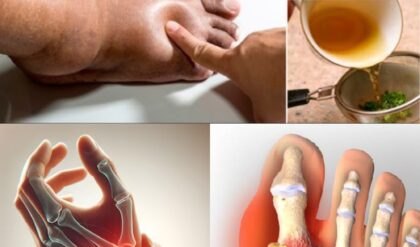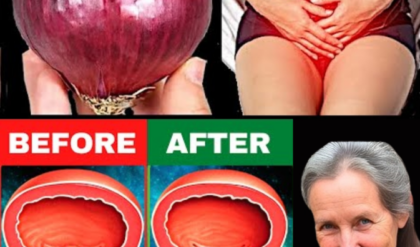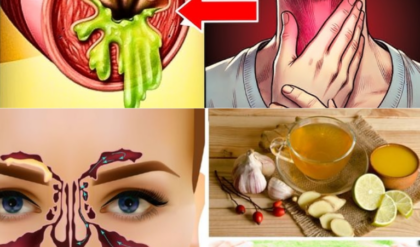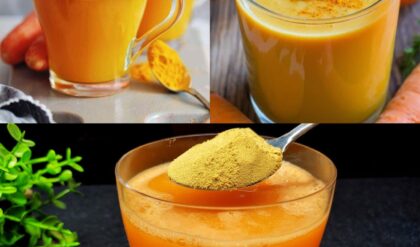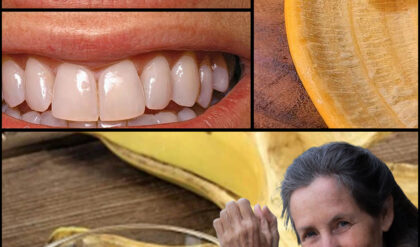Betel leaf, known scientifically as Piper betle, is a versatile plant with a long history of medicinal, cultural, and culinary uses. Commonly found in Southeast Asia, this plant has been an integral part of traditional medicine and everyday life for centuries. While often associated with chewing in cultural practices, betel leaf is much more than a mere chewable item. It offers a range of health benefits, making it a valuable addition to any wellness routine. This article explores the medicinal properties, nutritional content, and practical applications of betel leaf.
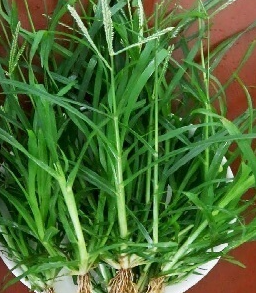
1. Overview of Betel Leaf
Origins and Identification
Betel leaf is native to Southeast Asia but has spread to various tropical regions around the world. The plant is easily recognized by its glossy, heart-shaped leaves, which grow on a vine-like plant that is part of the Piperaceae family. The leaves have a distinct aroma and are used fresh in many traditional remedies. Betel leaves thrive in warm, humid environments and are often grown in small gardens or on trellises in rural areas.
Historical Context
The use of betel leaf dates back thousands of years. Ancient civilizations, particularly in India, Sri Lanka, and Southeast Asia, have valued betel leaf for its medicinal and cultural significance. It has been a part of religious rituals, social customs, and traditional medicine in these regions. Traditionally, betel leaf has been used to treat various ailments, including digestive issues, respiratory problems, and even as a mild stimulant.
2. Medicinal and Nutritional Properties
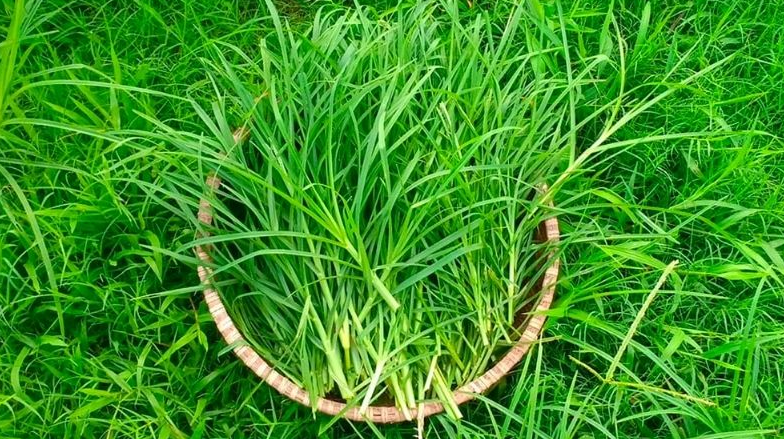
Antibacterial and Antifungal Properties
Betel leaf contains several active compounds, such as eugenol, carvacrol, and caryophyllene, that have proven antibacterial, antifungal, and antiseptic properties. These compounds make betel leaf an excellent natural remedy for treating infections. It is commonly used in the treatment of oral infections, gum disease, and throat infections due to its ability to combat bacteria and fungi effectively.
Digestive Health Benefits
Betel leaf is also known for its positive impact on digestive health. It has been traditionally used to relieve indigestion, bloating, and constipation. The compounds in betel leaf stimulate the production of digestive enzymes and promote better digestion. Chewing betel leaf can help soothe the stomach, reduce acidity, and improve overall gut health.
Anti-inflammatory Properties
In addition to its antibacterial benefits, betel leaf has strong anti-inflammatory properties. It has been used in traditional medicine to relieve symptoms of arthritis, muscle pain, and joint inflammation. The anti-inflammatory compounds in betel leaf can help reduce swelling and pain, offering a natural alternative to conventional pain relievers.
Antioxidant Power
Betel leaves are rich in antioxidants that help protect the body from oxidative stress caused by free radicals. These antioxidants help prevent cellular damage, reduce the risk of chronic diseases, and promote overall well-being. Regular consumption of betel leaf can contribute to a healthier immune system and may lower the risk of conditions like heart disease and cancer.
Nutritional Value
Betel leaves are packed with essential nutrients, including vitamins A, C, B, and E, as well as calcium, iron, and phosphorus. These nutrients contribute to bone health, skin health, and overall immune function. Betel leaf is also rich in fiber, which aids in digestion and promotes a healthy gut.
3. How to Harvest Betel Leaves
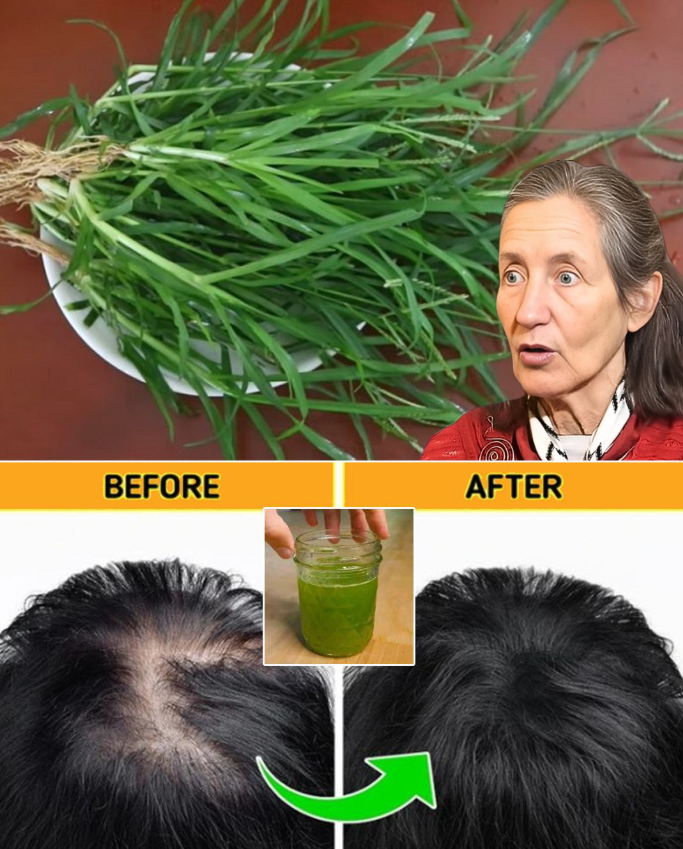
Betel leaves should be harvested while they are young and tender, as older leaves can become tough and less flavorful. The leaves should be picked carefully, as they are delicate and can bruise easily. It’s best to harvest them in the morning when they are fresh and moist, which helps preserve their medicinal properties. Proper identification is key, as several plants may resemble betel leaf, so it is important to ensure you are harvesting the correct plant.
4. How to Use Betel Leaf
Medicinal Uses
Betel leaf has been traditionally used for a variety of health concerns. It can be consumed as a tea, tincture, or oil extract to support digestive health and alleviate inflammation. The leaves can also be applied topically in the form of a poultice to treat wounds or sores. In many cultures, betel leaf is chewed along with areca nut and lime for its stimulating effects, though this practice should be approached with caution due to the potential health risks of frequent use.
Culinary Uses
Beyond its medicinal uses, betel leaf can be incorporated into various dishes, particularly in Southeast Asian cuisine. The leaves can be used as a wrap for savory fillings, often combined with spices, meats, or vegetables, creating a unique burst of flavor. They can also be used in salads or served with rice for an extra layer of taste. The leaves are typically not eaten raw in large quantities, but their flavor can enhance various dishes when used sparingly.
Precautions
While betel leaf has many benefits, it should be used with care. The chewing of betel leaves in combination with areca nut (betel nut) has been linked to certain health risks, including an increased risk of oral cancer and gum disease when used excessively. Always consult a healthcare professional before using betel leaf medicinally, especially if you have underlying health conditions.
5. Preparing Betel Leaf for Use
Making Betel Leaf Tea
To prepare a simple betel leaf tea, wash the leaves thoroughly and steep them in hot water for about 5-10 minutes. The tea can be consumed up to two times a day for digestive support and relaxation. Adding a little honey or lemon can enhance the flavor and make it more enjoyable.
Betel Leaf Oil Extract
Betel leaf oil can be made by infusing the leaves in a carrier oil such as coconut oil. Simply heat the oil and add the leaves, allowing them to steep for a few hours. This oil can be applied topically to treat skin infections, wounds, or sore muscles.
Tincture and Poultice
To create a tincture, fresh betel leaves can be blended with alcohol to extract the beneficial compounds. For external use, betel leaves can be crushed and applied directly to the skin to treat minor cuts, bruises, or rashes.
6. Storing and Dosage Guidelines
Storing Betel Leaves
Fresh betel leaves can be stored in the refrigerator for up to a week. However, they are best used when freshly harvested to ensure their maximum potency. Dried leaves can also be preserved, though they may lose some of their medicinal properties over time.
Dosage
The appropriate dosage of betel leaf for medicinal use depends on the form in which it is consumed. For tea, one or two leaves steeped in water should suffice. For tinctures or oil extracts, follow the instructions provided by a herbalist or healthcare provider to ensure safe and effective use.
Conclusion
Betel leaf is a remarkable plant with a long history of use in traditional medicine. From its antibacterial and anti-inflammatory properties to its digestive and antioxidant benefits, betel leaf offers a wide range of health advantages. Whether you’re interested in its culinary applications or its medicinal uses, betel leaf deserves a place in your wellness routine. Always ensure proper identification and consult with a healthcare professional before incorporating betel leaf into your regimen. By harnessing the power of this ancient plant, you can improve your health naturally and enjoy the benefits it has to offer.
4o mini
